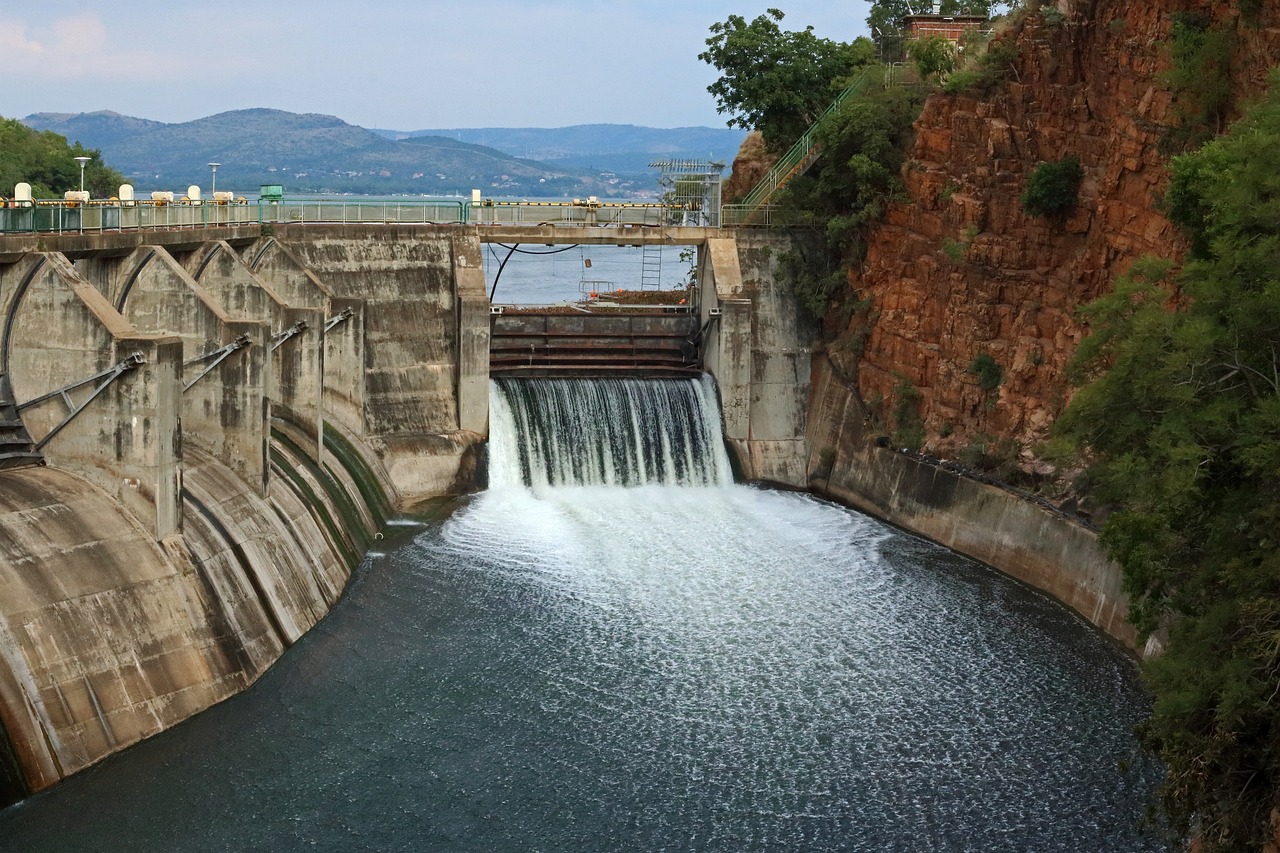“방류”는 영어로 “Discharge”로 번역됩니다. 이는 일반적으로 물이나 다른 물질을 특정 장소에서 밖으로 내보내는 과정을 의미합니다.
“방류”를 영어로 표현하는 방법
- Discharge (방류)
- Release (방출)
- Flow Out (흐르다 나가다)
1. Discharge
“Discharge”는 물이나 폐기물을 특정 장소에서 내보내는 행위를 가리킵니다.
- “The factory must discharge its wastewater in compliance with regulations.” (공장은 규정에 따라 폐수를 방류해야 한다.)
- “The discharge of pollutants into the river is strictly monitored.” (강으로 오염 물질을 방류하는 것은 엄격히 감시된다.)
- “The hospital has a procedure for the safe discharge of medical waste.” (병원은 의료 폐기물을 안전하게 방류하기 위한 절차를 가지고 있다.)
2. Release
“Release”는 어떤 물체나 물질을 풀어주거나 내보내는 것을 의미합니다.
- “The dam will release water to control the river’s flow.” (댐은 강의 흐름을 조절하기 위해 물을 방출할 것이다.)
- “They decided to release the fish back into the lake.” (그들은 물고기를 다시 호수로 방류하기로 결정했다.)
- “The company plans to release the report next week.” (회사는 다음 주에 보고서를 방출할 계획이다.)
3. Flow Out
“Flow Out”은 물이나 액체가 흘러나가는 과정을 설명합니다.
- “The water will flow out of the tank when the valve is opened.” (밸브가 열리면 물이 탱크에서 흘러나올 것이다.)
- “Excess rainwater will flow out through the drainage system.” (과도한 비는 배수 시스템을 통해 흘러나올 것이다.)
- “Make sure the fluid flows out freely to avoid pressure build-up.” (압력 상승을 피하기 위해 유체가 자유롭게 방출되도록 하라.)
“방류”는 영어로 “Discharge,” “Release,” 또는 “Flow Out”으로 표현되며, 주로 물질이나 액체를 특정 장소에서 밖으로 내보내는 과정을 나타냅니다.













Leave a Reply